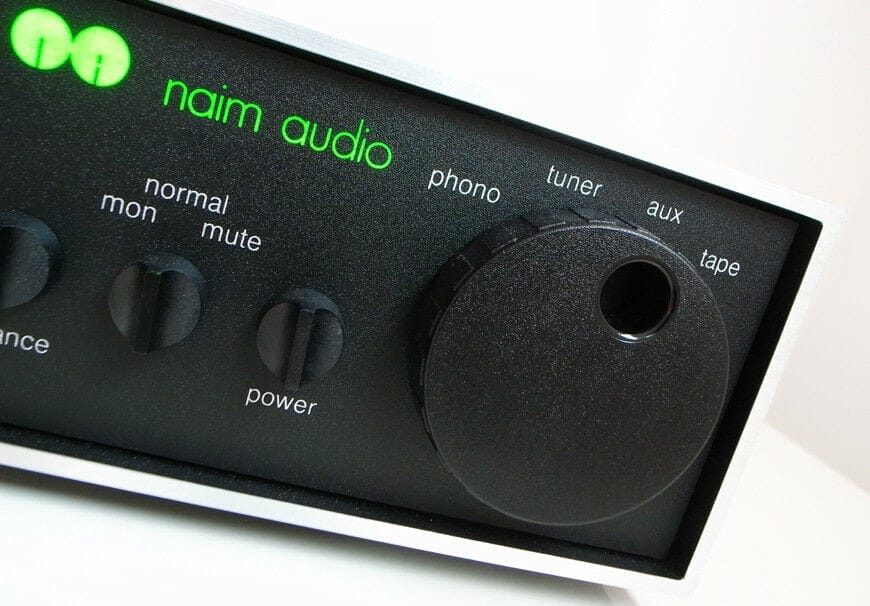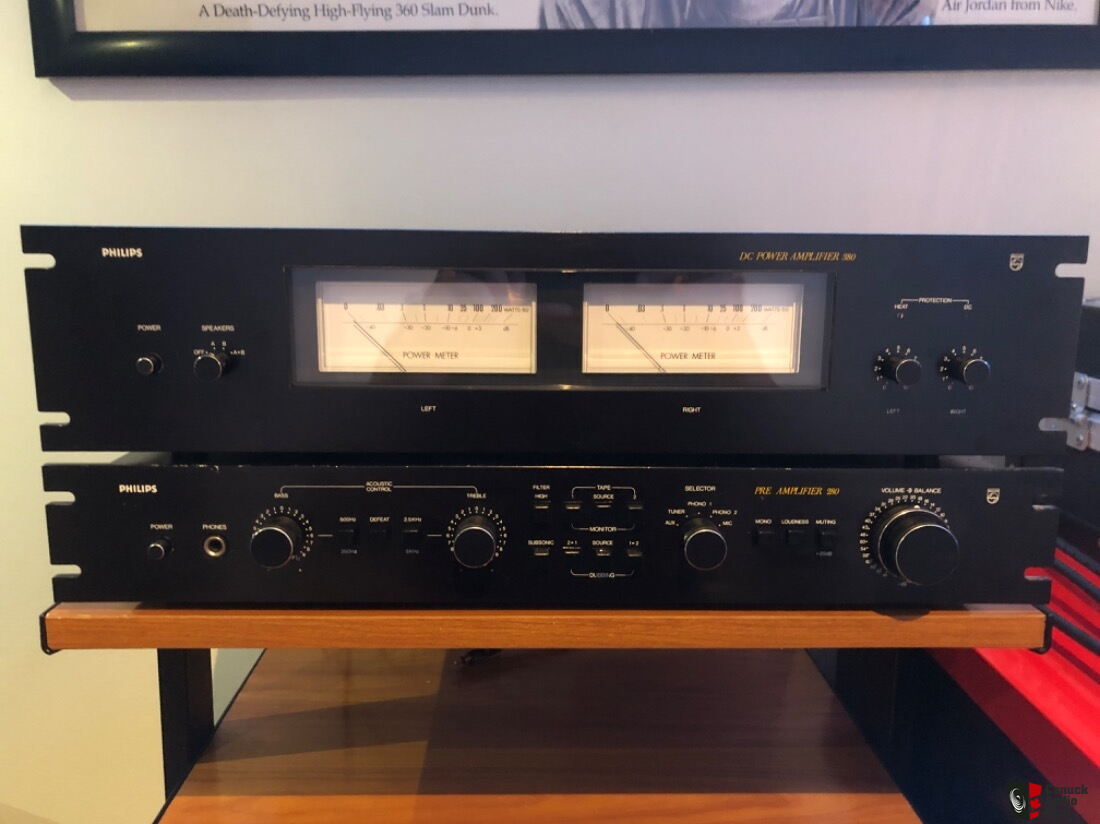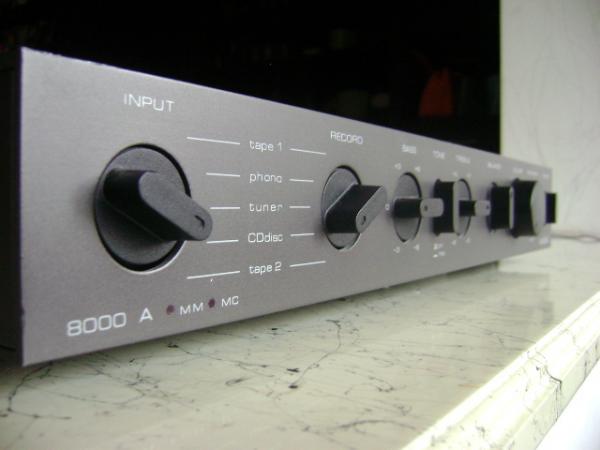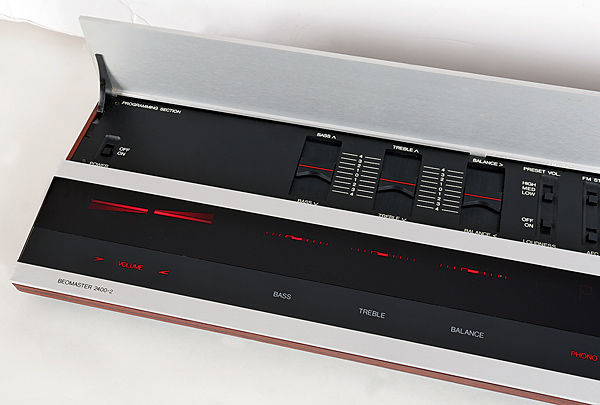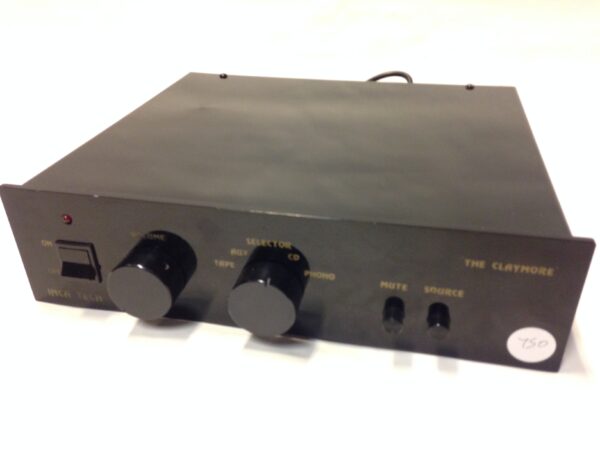The original NAIT was the product that kicked off the ‘super integrated’ fad in the 1980s. Whereas “integrated” was formerly considered the poor relation of their high-end pre-power brethren, it became fashionable to opt for a high-quality one-box design with the same level of attention paid to internal component quality and circuit design. As a result, when it came time to replace it in 1988, Naim didn’t have to make any major changes. The main changes were a modest power boost and a better fascia that didn’t appear quite so cheap — the first NAIT’s ugly plastic volume control knob, for example, was removed. Another change was the first appearance of Naim’s lighted logo – a nice touch that has survived to this day – as well as real balance and mute controls, as well as an extra line input (through DIN, of course)…
The amp was voiced by Naim’s Technical Director Roy George and produced a sound that was similar to that of the Nait 1, but with a little more punch in the bass, a slightly broader and deeper soundstage, and a slight less bias towards a bright, forward mid-band. However, it was still a joy to listen to, and it outperformed almost all of its ‘super integrated’ competitors. Inca Tech’s Claymore had more power and a bigger, richer sound, but it couldn’t quite capture the energy of a musical performance, and Exposure’s (at the time) brand new X integrated was a little warmer than the NAIT 2 and a little less compressed at higher volumes, but it couldn’t quite match the Salisbury box’s rhythmic ‘swing.’
The NAIT 2 was available in two versions: the original ‘chrome bumper’ models had the company’s black and silver casework, which it had used from its founding in the early 1970s, but the relaunched ‘olive’ version arrived in 1990 and stylistically matched the rest of the redesigned range. The olive NAIT 2s are a little more common than the chrome bumper ones, but the NAIT 3 appeared in 1993, so the latter aren’t exactly common either. Naim can service both types in its factory, restoring their performance to “as new” with new power supply capacitors and general recalibration. It’s a fantastic little amp that’s both historically significant and cult-worthy.

